BRICS inching towards complementarity
A conference of the BRICS 2017 Think Tank Forum, held in Beijing recently, showed that the grouping had progressed in influencing global governance despite some persistent intra-member differences
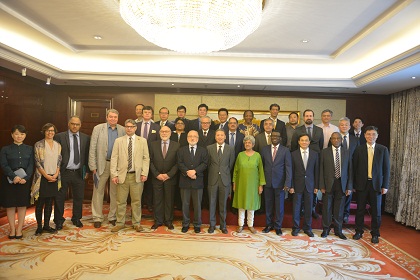 Courtesy: Gateway House
Courtesy: Gateway House
A conference of the BRICS 2017 Think Tank Forum, held in Beijing recently, showed that the grouping had progressed in influencing global governance despite some persistent intra-member differences
 Courtesy: Igor Peraza
Courtesy: Igor Peraza
Speakers at the ‘1st BRICS Think Tank Forum on Pragmatic Cooperation’, held in Shanghai last month, discussed ways to tackle new challenges as globalisation moves into the next phase where the BRICS countries will take the lead
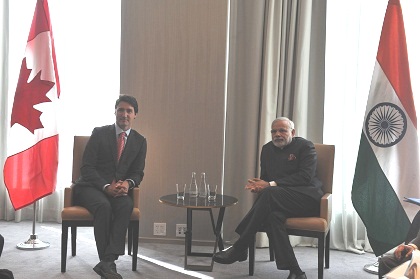 Courtesy: MEA/ Flickr
Courtesy: MEA/ Flickr
One is an advanced economy, the other an emerging one, and yet they share a striking complementarity of interests—from democracy and liberal values to a history of cordial relations. But two important economic agreements remain as chasms to be bridged
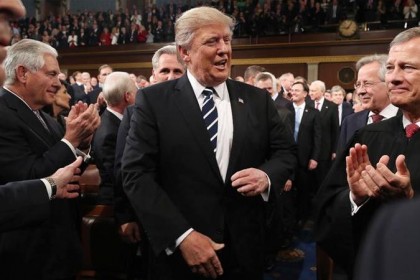 Courtesy: Al Jazeera
Courtesy: Al Jazeera
Forecasting uncertainty is a full-fledged task for security and foreign policy analysts, but when countries resort to being unpredictable then it is likely to backfire. Uncertainty about his next course of action seems to be Trump’s defining characteristic. How India will manage this to better relations will be critical
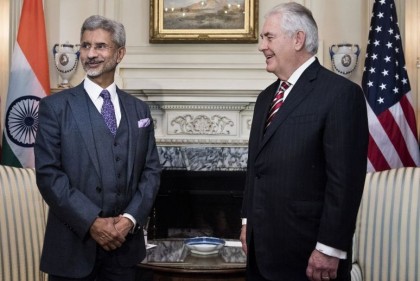 Courtesy: AFP
Courtesy: AFP
Foreign Secretary Jaishankar’s third visit to the United States since Donald Trump's election is an indication of India’s commitment to engage with all-quarters in Washington with its full diplomatic might. Despite the current situation of concern due to the H-1B visa and the recent shooting of an Indian in Kansas, initial soundings are reassuring and positive.
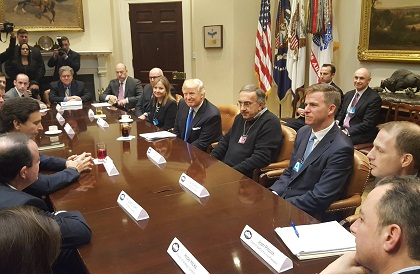 Courtesy: Wikipedia Commons
Courtesy: Wikipedia Commons
President Trump has moved to deliver on his campaign promises with rare alacrity: his executive actions cover everything from policies on trade and energy to bringing back manufacturing to America. But he has also been walked back on some of his explosive assertions while ambiguity looms large over several issues
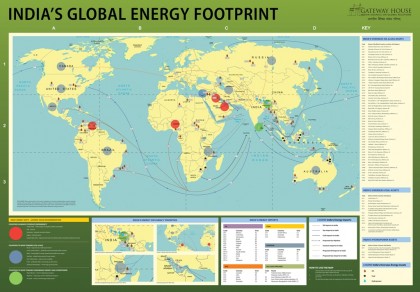 Courtesy: Gateway House
Courtesy: Gateway House
Trends in technology, geopolitics and geoeconomics have dramatically transformed the global energy scenario in the last two years. This means favourable conditions for import-dependent India, which must use the opportunities available to reduce its vulnerability to high energy prices. The jump in oil prices past the $60 mark suggests that India must act with alacrity. India’s Energy Footprint Map offers a profile of India’s global trade and investment in energy, and indicates what India can do to access cheap and reliable supplies
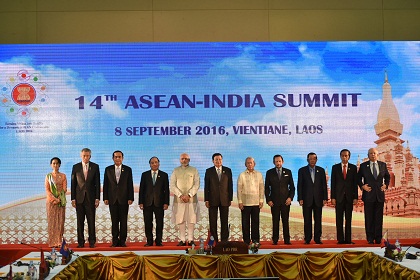 Courtesy: MEA/ Flickr
Courtesy: MEA/ Flickr
The Indo-Pacific region is home to some of the largest and most rapidly growing economies as also powerful military forces. Nuclear threats, international terrorism and climate change are some of the issues that define the region. Uncertainty dogs relations among the four nations in the top league—U.S., China, India and Japan—but what is emerging is a hawkish, policy stance from the U.S. as opposed to an isolationist outlook apprehended earlier
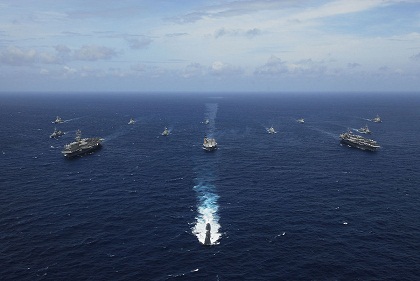 Courtesy: Wikipedia
Courtesy: Wikipedia
A strategic coming together of the U.S., Japan, Australia, and India was close to fruition some years ago, impelled initially by the tsunami of 2004. The spirit of the enterprise remains alive even now, and there are many merits in India joining the quad, but such an arrangement can skew existing Asian equations, jeopardising the Act East policy
Gateway House interviewed U.S. Vice Admiral Barry McCullough on defense partnerships between Lockheed Martin and India, including cybersecurity, transfer of technology and India’s need for tactical aircrafts such as the F-16. He also voiced Lockheed Martin’s interest in investing in India while ensuring India’s development needs are met.